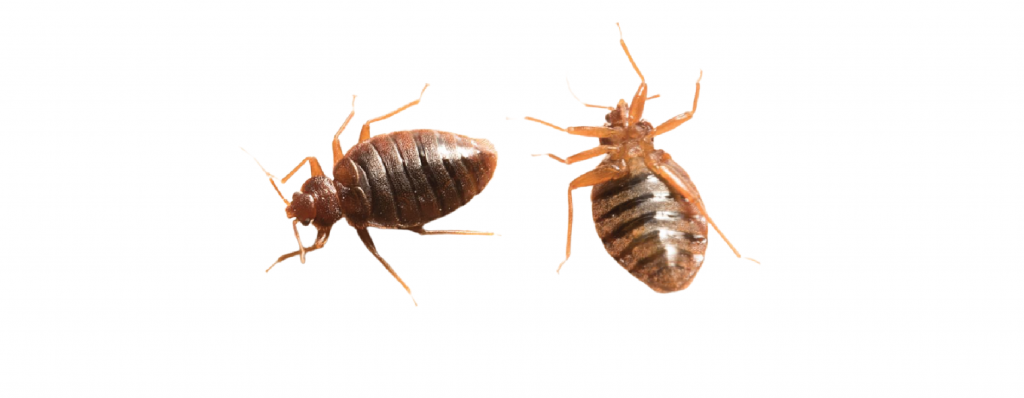
BEG BUG
How to identify bed bugs?
Adult bed bugs are wingless and have an oval shape. They change from red brown to bright red after sucking blood. An adult bed bug can be 5 – 6mm long. A pupa is lighter and smaller, around 1 – 4mm long. Bed bugs have a flattened body, allowing them to hide in cracks and slits and making detecting bed bugs difficult.
How do they reproduce?
Bed bug eggs are laid in groups of 10, with a female capable of producing 200 – 500 eggs throughout its lifecycle. The egg’s hatching period takes from 7 – 30 days.
There are five stages in a bed bug’s life cycle. The pupa starts looking for food immediately. Each bed bug needs to consume enough blood to reach the next stage. In other words, bed bug infestation can be felt almost immediately. An adult bed bug can live from 4 – 6 months in beds and bedsheets.
Note that the development of bed bugs from the eggs to the adult insects occurs much faster in warmer months. An adult bed bug can even survive without eating for 11 months.
Signs of bed bug infestation
Bed bug infestation often leaves behind unpleasant odors, but the good news is that it does not relate to disease transmission. Bed bugs most often cause skin irritation and inflammation around the bitten areas, which can cause impressions and itchiness. Stains and blood spots can also appear on pillow sheets, bedsheets, and mattresses. The most typical hideouts for bed bugs are inside mattresses, spring lines, and bed frames. More serious issues may occur if bed bugs spread to behind the baseboards, windows, pictures, electrical panels, torn wallpapers, and inside furniture covers or the folds of Roman blinds. When checking for bed bugs, make sure to look for feces or blood spots. These will indicate the bed bug’s nearby hideouts.
How to prevent bed bugs
“The key factor in eliminating a bed bug infestation effectively is to identify their locations and fix all cracks and slits where they can hide.”
This is because while the repellent spray can be effective in bug elimination, it cannot kill all eggs, which can be hidden in areas difficult to approach. This also means eggs can continue to develop after what is perceived to be a successful cycle. Call us if you think your house is having trouble with bed bugs. Our professional technicians will perform an inspection, after which we will carry out thorough follow-up and return as necessary to ensure that bed bugs have been eliminated.